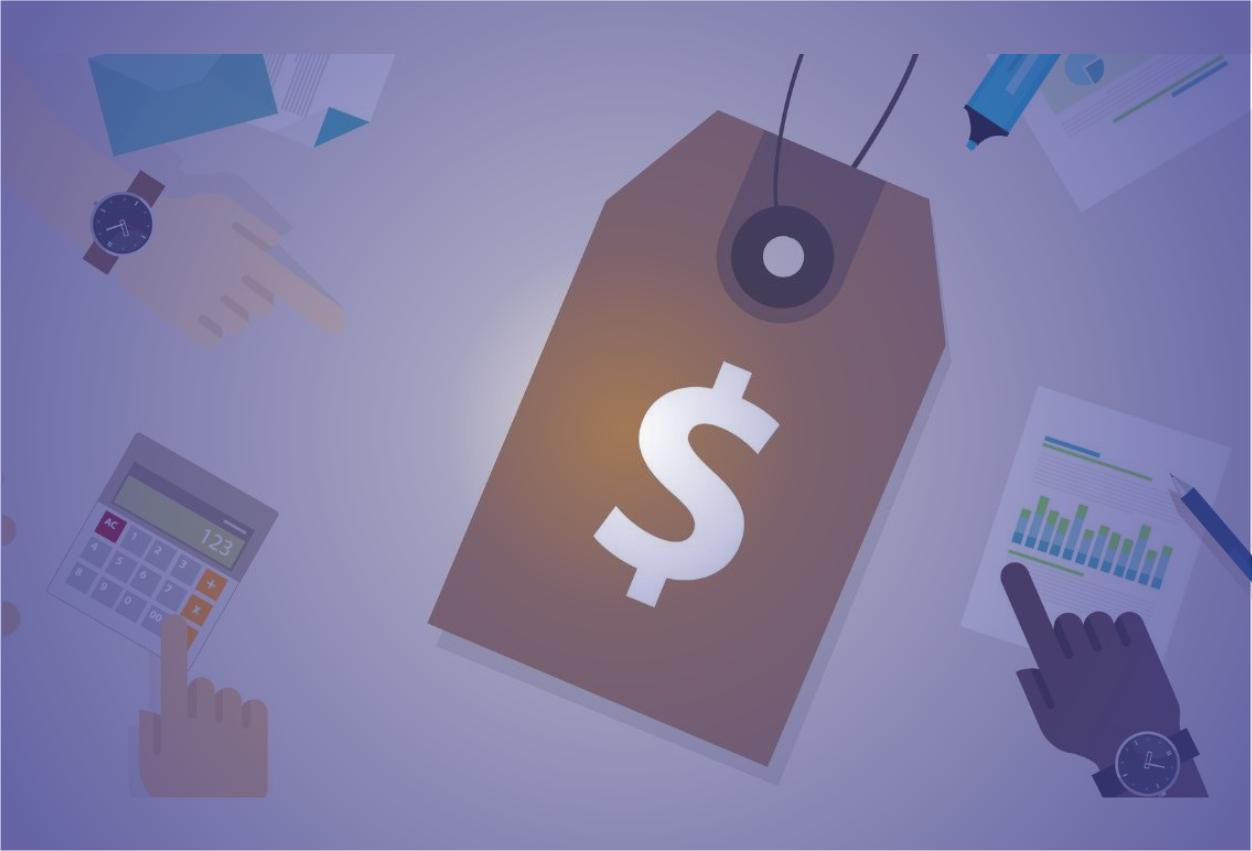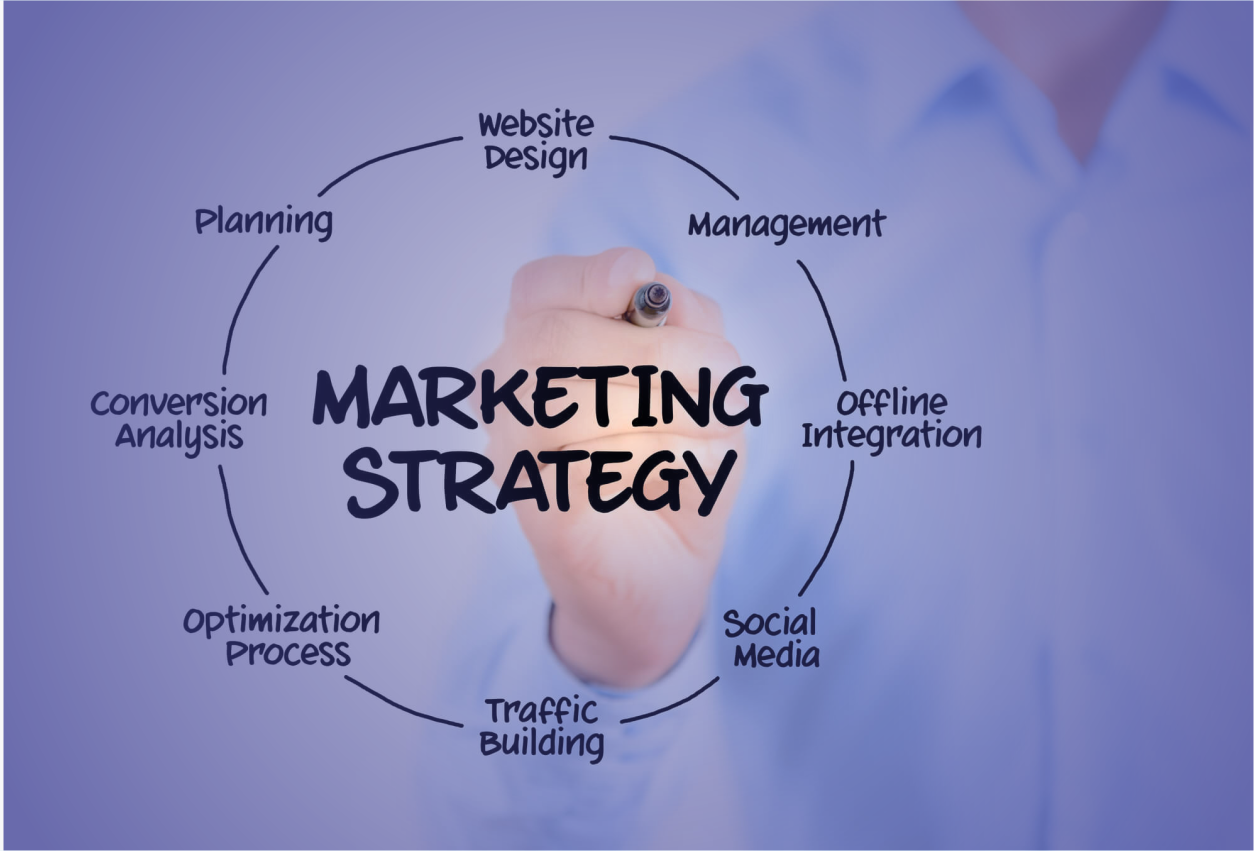Best Pricing Strategies To Maximize Revenue
One of the most powerful tools businesses have at their disposal for growth, sustainability, and profitability is pricing. Yet, setting the right price can be both a science and an art. Whether you’re running a tech startup, an ecommerce store, or a coaching business, the pricing strategy you choose can significantly affect how customers perceive your value and whether or not they stay loyal. At Hryders.com, we’ve seen how critical it is to explore the best Pricing Strategies for small business owners and digital entrepreneurs who want to increase revenue without losing their customer base. Let’s explore this complex but crucial topic in detail.
The Psychology Behind Pricing Decisions
Before diving into the specifics of pricing models, it’s important to understand pricing psychology techniques. These strategies tap into human behavioral patterns that influence buying decisions. For instance, psychological pricing strategy tips like using $9.99 instead of $10.00 can make a product seem less expensive. Similarly, anchor pricing, where a higher price is shown next to a discounted price, creates a perception of greater value. Knowing how to implement anchor pricing helps you manipulate perceived value and boost conversion rates.
The Importance of Perceived Value in Pricing
The foundation of many successful pricing models is built on perceived value. Rather than focusing only on the cost of production, value based pricing strategy examples demonstrate how companies price based on what customers believe a product is worth. This is especially relevant in industries offering intangible services like software, coaching, or design. Understanding what is perceived value pricing can lead to higher margins and stronger customer satisfaction because people feel they’re receiving great value for what they pay.
For ecommerce businesses, pricing must evolve with market demand. A dynamic pricing strategy for ecommerce allows store owners to adjust prices in real-time based on trends, competitor pricing, and consumer behavior. With tools for ecommerce pricing optimization, businesses can increase sales volume without sacrificing profit margins. Dynamic pricing also helps retailers avoid inventory stagnation by adjusting prices based on demand fluctuations.
Subscription Pricing Strategy for SaaS
For software-as-a-service providers, a subscription pricing strategy for SaaS provides predictable revenue and customer retention. Models such as monthly or yearly subscriptions offer flexibility while maintaining long-term commitment. This strategy also allows for the introduction of tiered packages, which we’ll discuss shortly. One advantage of SaaS subscription models is the opportunity to upsell additional features over time, creating consistent growth.
Tiered pricing strategy examples show how businesses can serve multiple customer segments simultaneously. Each tier offers increasing value at a higher price, helping customers choose a plan that best fits their needs. On the other hand, the freemium pricing model benefits startups by offering basic services for free while reserving premium features for paying customers. This strategy works well for building trust and familiarity before converting free users to paying clients.
Premium and High-Ticket Pricing Approaches
When a business offers a product or service that is highly specialized or exclusive, a premium pricing strategy can be advantageous. Premium pricing strategy advantages include increased perceived quality, brand prestige, and targeted clientele. Similarly, high ticket pricing strategy is ideal for consultants, coaches, or agencies who deliver personalized or transformational results. These models rely heavily on brand reputation and perceived value.
Many businesses still rely on a cost based pricing strategy explained as a straightforward way to ensure profitability. However, this model doesn’t always align with what customers are willing to pay. An evolved version is the ROI based pricing strategy, which involves pricing a product or service based on the return on investment it delivers to the customer. This is particularly useful for B2B companies or consultants who deliver measurable outcomes.
Hybrid and Customized Pricing for Flexibility
A hybrid pricing strategy for businesses combines two or more models, such as base fees with performance-based bonuses. This is great for agencies or freelancers. Similarly, a customized pricing strategy for clients is tailored individually, considering scope, client needs, and industry benchmarks. This level of flexibility can help retain clients who feel they are receiving a personalized experience.
Another unconventional model is the pay what you want pricing model, where customers choose the amount they want to pay. While risky, it can lead to surprising results when used correctly, especially in creative or donation-driven sectors. A more structured approach is the usage based pricing model guide, commonly seen in utilities or cloud services. This model charges users based on their actual usage, aligning pricing with perceived value and customer expectations.
Pricing Digital Products and Online Services
With the explosion of digital entrepreneurship, knowing the pricing strategy for digital products has become crucial. Whether it’s ebooks, courses, or templates, your price should reflect the transformation offered. Similarly, understanding how to price online courses and pricing strategy for online services requires market research, competitor analysis, and customer feedback. The goal is to balance accessibility with profitability.
A classic strategy that still works well is the bundling pricing strategy example, where multiple products are sold together at a discounted rate. This increases the perceived value and encourages customers to buy more. On the flip side, flat rate pricing for services keeps things simple and transparent, making it ideal for service-based businesses that want to minimize billing disputes and increase trust.
Hourly and Performance-Based Pricing
Freelancers often debate whether to use an hourly pricing strategy for freelancers or go for fixed pricing. While hourly pricing offers flexibility, it may not reflect the true value of your work. Alternatively, a performance based pricing model ties your fee to the results you deliver. This is especially powerful for marketing, sales, or consulting roles where success can be quantified.
When expanding globally, a geographic pricing strategy guide can help you adjust prices based on local income levels, competition, and costs. It ensures your product remains competitive without undervaluing your brand. Similarly, a market penetration pricing example shows how offering lower prices initially can help you gain traction quickly in a crowded market, especially for new product launches.
Pricing for Consultants and Coaching Programs
For coaches and consultants, it’s essential to develop a clear pricing strategy for consultants that reflects expertise, time investment, and outcomes. Whether you’re selling packages, retainers, or group programs, effective pricing for coaching programs involves understanding your niche and your clients’ willingness to pay. Knowing how to price consulting packages ensures you’re not undercharging or overpricing.
If you’re bringing a new offer to the market, a pricing strategy for new product launch must account for demand, competition, and customer education. One common approach is the price skimming strategy in marketing, where you launch at a high price and reduce gradually. This strategy helps maximize profit from early adopters before expanding to a broader market.
B2B and Ecommerce Optimization
For B2B businesses, a B2B pricing strategy framework involves bulk discounts, negotiated rates, and value-driven packages. It’s different from B2C, requiring a consultative sales approach. For ecommerce, tools and analytics can aid in ecommerce pricing optimization, allowing you to experiment with different models and find the sweet spot between volume and profit.
Whether you’re just starting or have been in business for years, learning how to set price for a product is fundamental. Many entrepreneurs overlook factors affecting pricing strategy, such as production costs, market trends, customer perception, and brand positioning. Understanding how to develop pricing models and how to set competitive pricing can give your business a strong edge.
Developing the Right Pricing Page
Once you’ve settled on a strategy, knowing how to create a pricing page that clearly explains your offers, compares tiers, and uses anchor pricing is key. Good design combined with persuasive copy can lead to higher conversions. Visual clarity, value comparisons, and trust indicators should be central to your pricing layout.
Real-world pricing strategy case studies offer insight into what works and what doesn’t across industries. Studying them can reveal patterns and proven pricing models for success that you can adapt to your business. Whether it’s Apple’s premium pricing or Spotify’s freemium model, these examples can inspire your own pricing decisions.
Conclusion
Finally, combining pricing with monetization strategies results in a robust business model. Effective monetization and pricing strategies ensure you’re not only selling, but scaling. As trends change, customer behavior shifts, and technology evolves, staying updated with current strategies ensures you maintain profitability without alienating your customer base.
At Hryders.com, we believe pricing is more than just a number—it’s a strategic lever that shapes customer perception, revenue potential, and business longevity. Whether you’re refining your current pricing or launching something new, the right pricing approach can elevate your brand and secure sustainable growth.





